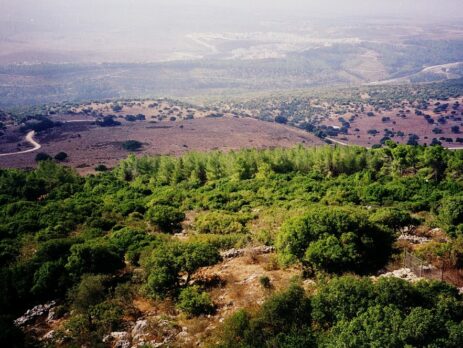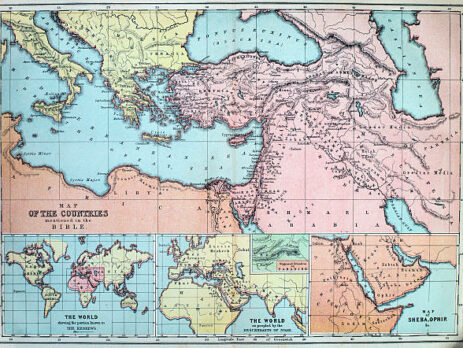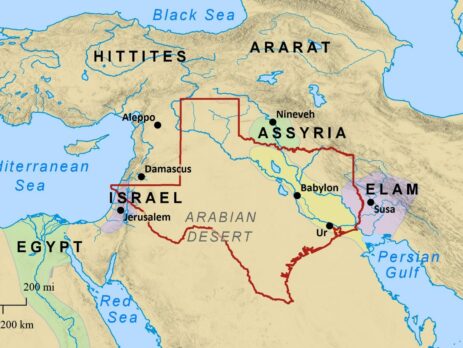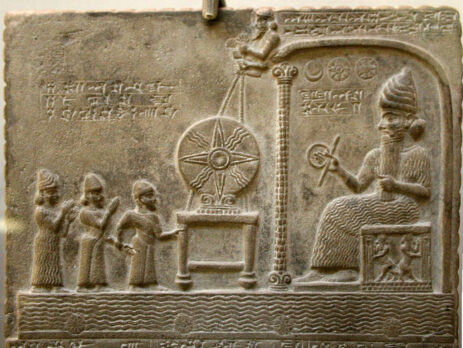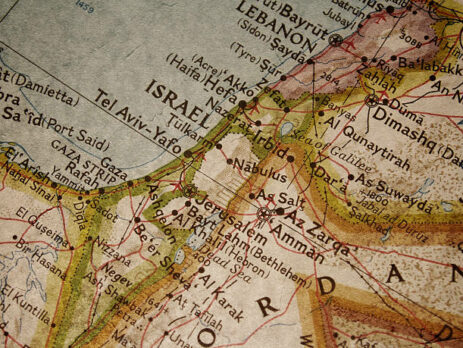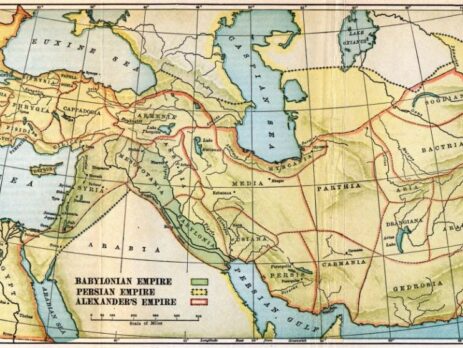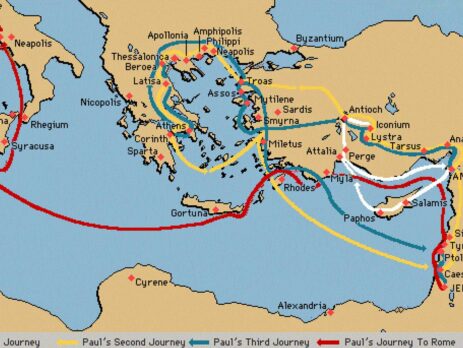The Significance of Biblical Geography: Understanding the Landscapes of Faith
The Bible, one of the most influential and widely read religious texts in human history, is not merely a compilation of spiritual teachings and moral guidance. It is also intimately tied to the geography of the lands in which its stories unfold. The landscapes described in the Bible are not incidental details but essential components of the narratives and teachings they convey. Understanding the biblical geography is key to grasping the full depth and significance of the scriptures and the faith they inspire. The biblical lands, encompassing modern-day Israel, Palestine, Jordan, Lebanon, and parts of Egypt and Syria, serve as the backdrop for numerous accounts of triumph, tragedy, and divine intervention. From the lush valleys and fertile plains to the arid deserts and towering mountains, the physical features of these lands play a vital role in shaping the experiences and beliefs of the people inhabiting them. One such region of great importance...

